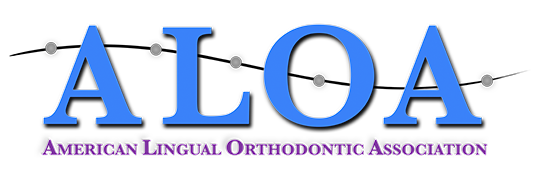In 1970, Dr. Kurz started placing clear plastic braces on the lingual surfaces of patient’s teeth and in 1976 Dr. Kurz submitted the first lingual appliance patent with the U.S. Patent Office.
In 1979, in cooperation with Ormco and the precise engineering of Dr. Craig Andreiko the Ormco-Kurz appliance was fabricated. Drs. Jim Mullick and Jim Wildman also provided significant input in the early stages of development of the Lingual appliance.
In 1981, gratified by its early success, Ormco formed a task force composed primarily of Drs. Craven Kurz, Jack Gorman and Bob Smith. This task force and the contribution of other pioneer orthodontists such as Jim Hilgers, Bob Scholtz, Wick and Moody Alexander made significant contributions into the first development of the technique. In these early days a number of 3-day courses were taught to orthodontists from around the world.
Lingual orthodontics reached its peak around 1982 and then started to slowly decline. The advent of clear/ceramic braces brought lingual orthodontics to its lowest level in 1995-1996.
Although the use of Lingual braces slowly declined in the North America throughout the 80’s and 90’s a combination of European and Asian orthodontists kept the flame alive. In Europe doctors like Didier Fillion, Giusseppe Scuzzo, J.F. Leclerc continued to advance lingual technique. In Asia, there where doctors like Massimo, Ronchin, Kyoto Takemoto, Yasunori Mori, Hitoshi Koyata that contributed to lingual technique into the 2000’s. During this time the Ormco lingual appliance evolved from generation to generation until the 7th generation of the Ormco bracket was developed which is still in use today.
The Takemoto bracket uses a labial to lingual insertion slot to avoid the use of double over-ties. This bracket is soon to be released by Ormco. It is also offsets gingivally and avoids the needs for placing cuspid offsets in the archwire. This prototype is meant to be our first Lingual Straight Wire Appliance (SWL).
The Stealth bracket recently released by American Orthodontics is smaller in size, therefore decreases the amount of speech interference and increases the patient’s comfort. It has the potential of being a self-ligating bracket.

